What is the maximum muscular potential of drug-free athletes?
The bodybuilders and fitness models that appear on the cover of Mens Health and bodybuilding magazines serves as poor role models for what’s possible without “assistance”. It’s vital to establish reasonable expectations and limits for natural athletes. .
One of the most obvious signs of steroid use is when someone carries an amount of muscle that exceeds what should be achievable naturally. But how much muscle are we talking about?
Dr. Casey Butt, Ph.D Formula
Dr. Casey Butt, Ph.D., has written on that topic in depth and even created a predictive formula which extrapolates your maximum muscular body weight based on your height and skeletal structure (wrist and ankle circumference). That formula to be fairly accurate.
where,
H = Height in inches
A = Ankle circumference at the smallest point
W = Wrist circumference measured on the hand side of the styloid process.
(The styloid process is the bony lump on the outside of your wrist.)
%bf = The body fat percentage at which you want to predict your maximum lean body mass
It doesn't account for genetic outliers. For example, with his formula, a 5'6" male with an average bone structure has a muscular limit of around 176 pounds in ripped condition (6% body fat). A simpler approximation is that your maximal muscular body weight is 40-50 pounds (for men) heavier than what your normal adult body weight would be at the same level of leanness.
Regardless of the tool you use, unnatural levels of muscle mass normally indicate the use of steroids.
A good starting point for what the muscular limit would be (at a true 10% body fat) is around:
5'2" – 167 pounds
5'4" – 175 pounds
5'6" – 183 pounds
5'8" – 204 pounds
5'10" – 213 pounds
6' – 222 pounds
6'2" – 231 pounds
6'4" – 245 pounds
6'6" – 257 pounds
Don't forget though that most people grossly underestimate the amount of fat they carry. Most who claim to be 10% are really closer to 13-14%.
At a true 10% body fat, someone who trains hard will have full abdominal definition and all the muscles will be separated.
Simple Formula: The Berkhan Model
The formula is simple, yet surprisingly accurate and predictive of real world results.
(Height in centimetres – 100) = Body weight in kilo (“Ripped”, i.e. 5-6% body fat)
Example: If your height is 180 cm (5’11), subtract 100 and you get 80.
80 kg (176 lbs) is your maximum muscular potential when you are in peak condition; rock hard abs with visible veins running across them, striated arms and delts, etc.
Fat-Free Mass Index (FFMI)
Eric Helms wrote about some famous research from 1995, that looked at the fat-free mass index (FFMI) of steroid using and non-steroid using bodybuilders.
FFMI = fat-free mass in kg ÷ (height in meters)²
In the research 83 users, 74 nonusers FFMI were calculated and then compared. The average FFMI of the steroid users was ~25, of non-users it was ~22, and on the extreme ends a handful of non-users reached a FFMI of ~25. To put that into more meaningful figures, the average height of the men in both groups was ~180cm (5’11), average body-fat percentage ~13%. The average weight of the steroid users was 92kg (202.5lbs), vs the non-users which was 82kg (180.5lbs).
The maximum FFMI of the non-user group was 25; for the steroid-using group it was 32.
From this research, it was suggested that the genetic ceiling for a natural trainee was a FFMI of around 25.
FFMI Compared With The Berkhan Model
Here’s how the Berkhan model looks when the predicted figures from his model are converted to FFMI:
173cm (5’8), 75kg (165lbs) @5% = 71.25kg lean mass = 23.8 FFMI
178cm (5’10), 80kg (176lbs) @5% = 76kg lean mass = 24.0 FFMI
183cm (6’0), 85kg (187lbs) @5% = 80.75kg lean mass = 24.1 FFMI
188cm (6’2), ~90kg (198lbs) @5% = 85.5kg lean mass = 24.2 FFMI
We can see that the Berkhan model figures are lower, and the math works out to be ~6.5-8lbs (~3-3.5kg) lower than an FFMI of 25.
George Hackenschmidt, 1902
Summery
If someone is at or above the theoretical limit of muscular body weight, it's a good indication of possible steroid use, unless they're a rare outlier.
Key Points
There are limitations to the maximum drug-free muscular potential models out there.
It’s useful to be aware of them so that you don’t set yourself silly expectations and just get fat when bulking, but don’t allow them to place limiting beliefs on what you are capable of as you get close to these numbers.
Link to: Maximum Muscular Bodyweight and Measurements Calculator




